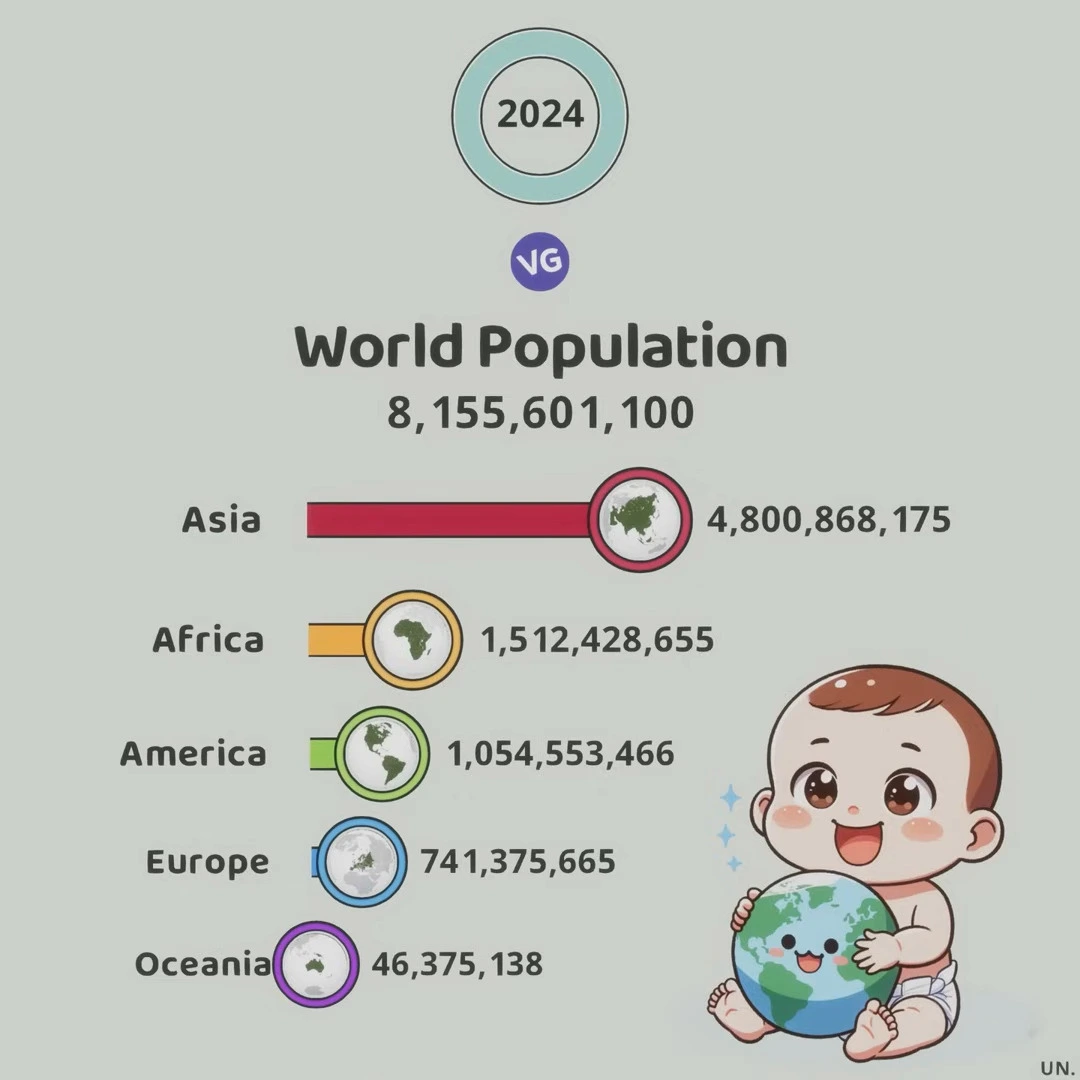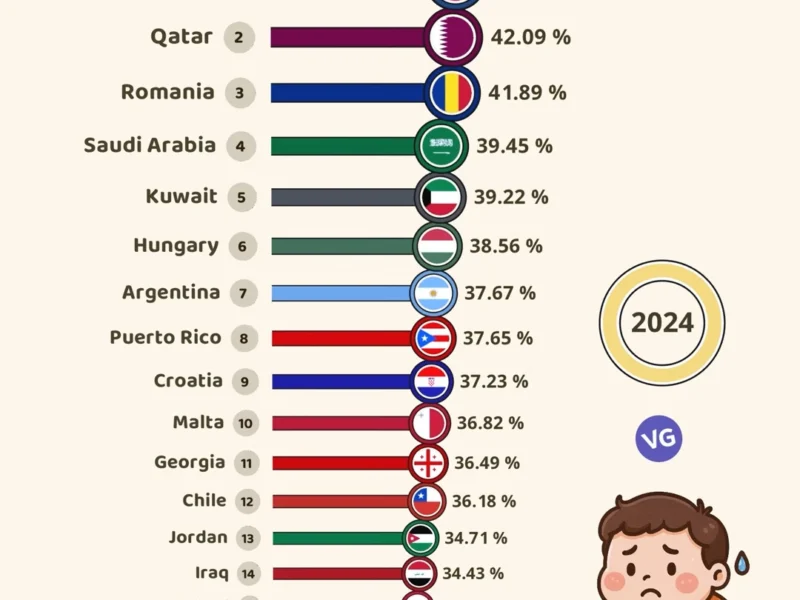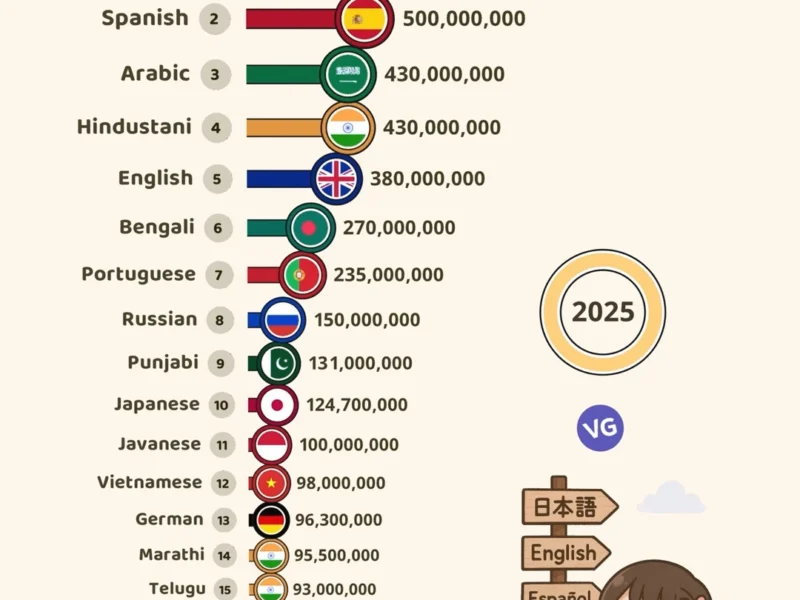Asia: The Population Giant
As we navigate through 2024, our global population has reached a staggering 8.15 billion people, painting a fascinating picture of human distribution across Earth’s continents. This demographic snapshot reveals not just numbers, but stories of human development, urbanization, and the varying patterns of population growth across regions.
World Population by Continents 2025
| Continent | Population |
|---|---|
| Asia 🌏 | 4,800,868,175 |
| Africa 🌍 | 1,512,428,655 |
| America 🌎 | 1,054,553,466 |
| Europe 🌍 | 741,375,665 |
| Oceania 🌏 | 46,375,138 |
Source: United Nations Population Data, 2024
Asia stands as the demographic giant, home to nearly 4.8 billion people—more than half of the world’s population. This immense figure reflects the continent’s vast geographical expanse and its mega-nations like China and India. The region’s population tells a story of rapid economic development, urbanization, and the unique challenges of supporting such a large percentage of humanity.
Africa: The Growing Continent
Africa follows as the second-most populous continent with approximately 1.5 billion inhabitants. The continent’s population narrative is particularly dynamic, characterized by young demographics and some of the highest growth rates globally. This youthful population presents both opportunities and challenges for African nations as they work to harness their demographic dividend.
The Americas: A Diverse Demographic
The Americas, with about 1.05 billion residents, represent a diverse mix of developed and developing regions. From the urbanized landscapes of North America to the vibrant cultures of Latin America, this population reflects varying stages of demographic transition and development patterns.
Europe: Aging Demographics
Europe’s population of roughly 741 million showcases a different demographic story. The continent faces unique challenges with aging populations and low birth rates, leading many nations to grapple with questions about sustainable pension systems and healthcare for elderly citizens.
Oceania: Small but Diverse
Oceania, while home to the smallest population at 46.3 million, represents a unique blend of vast island nations and smaller Pacific territories. This region’s relatively small population belies its significant cultural diversity and strategic importance in the Pacific realm.
Global Implications and Future Challenges
These numbers raise important questions about our collective future. How will we sustainably manage resources for our growing global community? How can we ensure equitable development across regions with such varying population densities and growth patterns? The answers to these questions will shape policies and initiatives for decades to come.
The implications of these population figures extend far beyond mere statistics. They influence everything from economic planning and resource allocation to environmental conservation efforts and urban development strategies. As we look toward the future, understanding these demographic patterns becomes crucial for addressing global challenges like climate change, food security, and sustainable development.
Our world of 8.15 billion people represents an unprecedented moment in human history. Never before have we had to coordinate and cooperate on such a massive scale to address common challenges. The distribution of our global population across continents highlights both the disparities we must address and the opportunities we can leverage for collective progress.
As we move forward, this demographic landscape will continue to evolve, shaped by technological advances, changing social norms, and environmental factors. Understanding these patterns helps us better prepare for the challenges and opportunities that lie ahead in our increasingly interconnected world.
This snapshot of global population distribution serves as a reminder of our shared responsibility to create sustainable and equitable solutions for all inhabitants of our planet, regardless of where they call home.



